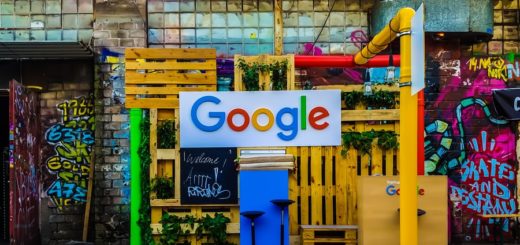Plastic wastage at supermarkets is solvable with AI
If you look carefully at supermarket prices and compare various products, you may discover that some products, especially vegetables, are cheaper when purchased pre-packed than loose. It almost doesn’t make sense, since the pre-packed product seems to have special packaging, a label, and the packaging itself has a large carbon footprint (e.g., it is made of heavy, robust plastic). Some packages even combine plastic with a paper tray, and they are still cheaper than the loose product purchased by weight. What is happening here? Are supermarkets playing a marketing scheme or involved in some kind of scam? Well, no. If you understand how production lines and distribution chains work, it actually makes sense. Let’s first look at some examples to prove my point: I entered our local supermarket in Sydney and took some photos. For example, loose zucchini is $5.90/kg, while pre-packed zucchini is just $3.60/kg. Loose red onion is $4.40/kg, while pre-packed onion is 10% cheaper at $4.00/kg. This trend continues for almost all pre-packed fruits and vegetables.
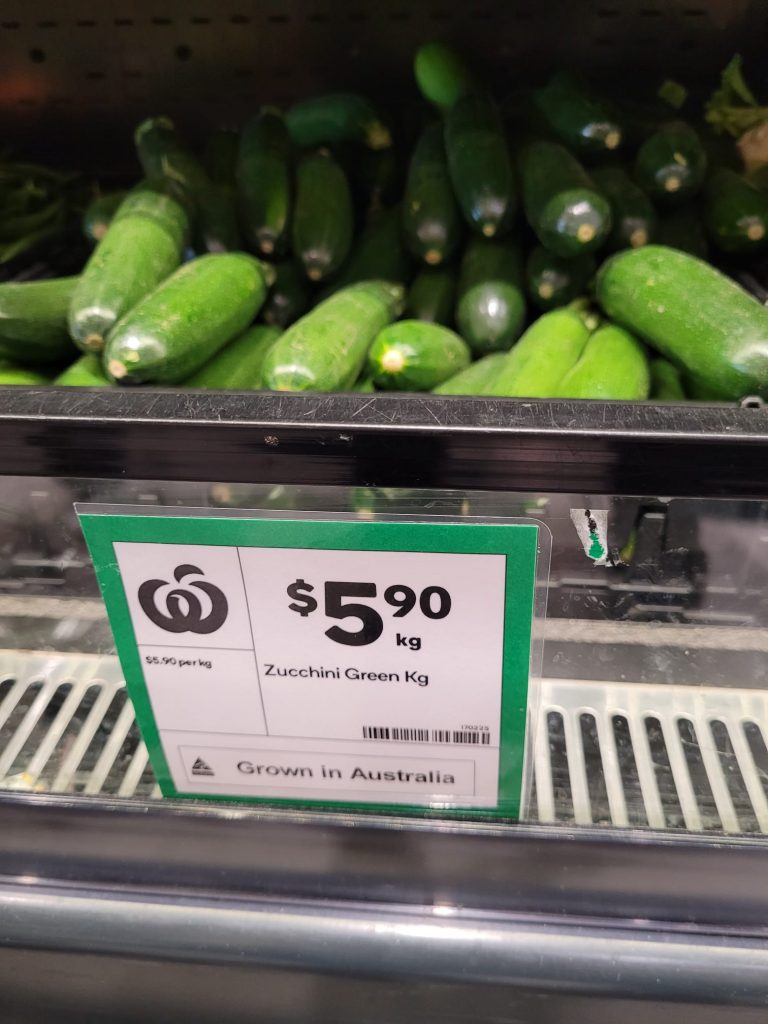
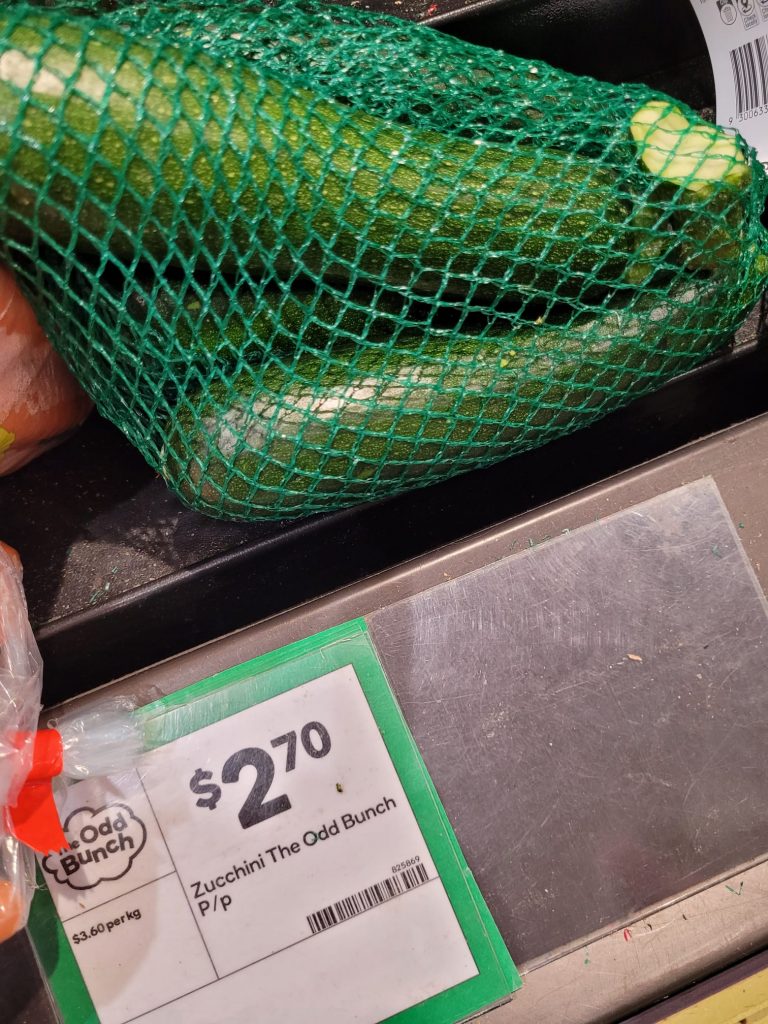
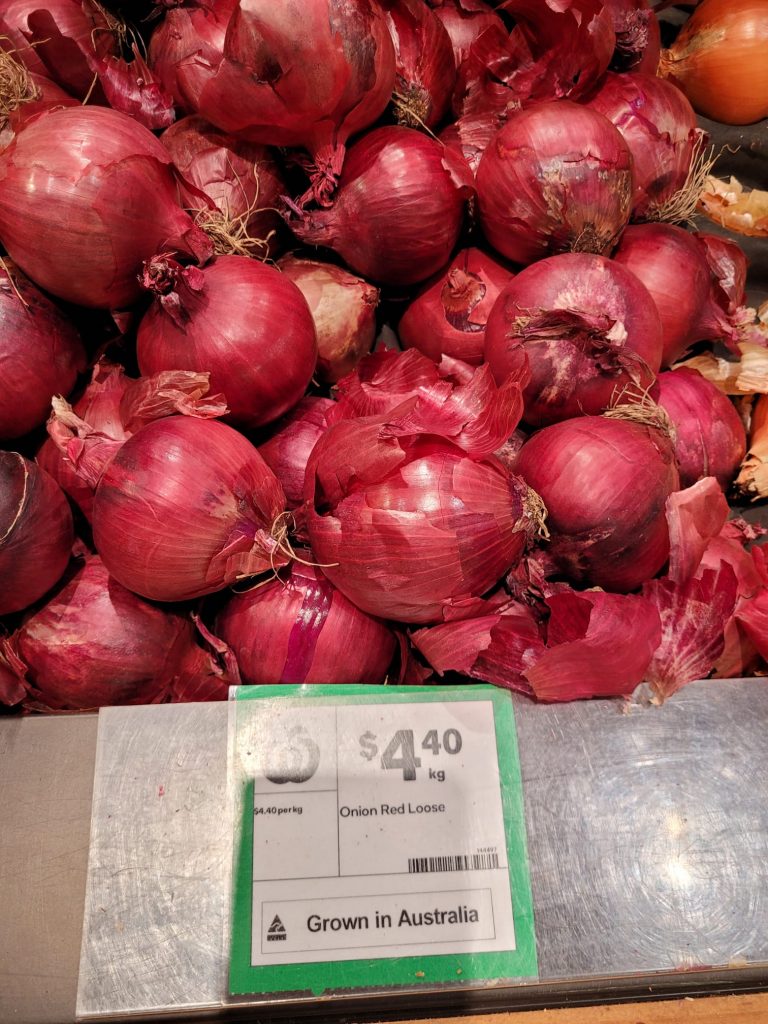
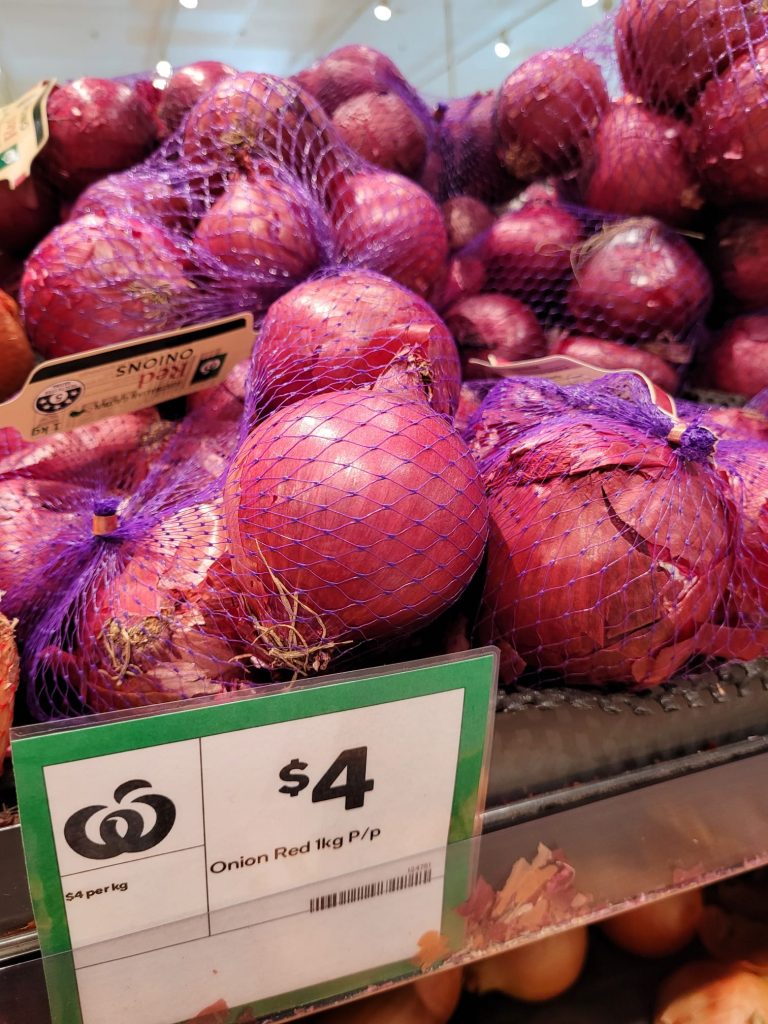
I don’t know the exact reason for that, but I assume that the pricing strategy where pre-packed vegetables are cheaper than loose ones in supermarkets can be attributed to several factors:
- Economies of Scale: Pre-packed vegetables are often sourced in bulk and packaged at centralized facilities, which can reduce handling and transportation costs. The savings from these efficiencies can be passed on to consumers in the form of lower prices.
- Reduced Waste: Pre-packed vegetables have a longer shelf life due to controlled packaging environments that reduce exposure to air and contaminants. This means less spoilage and waste, which can lower overall costs for retailers.
- Labor Costs: Pre-packing vegetables at a centralized location may require less labor compared to the labor-intensive process of managing loose vegetables in the store. Reduced labor costs can contribute to lower prices for pre-packed produce.
- Marketing and Promotions: Supermarkets may use pre-packed vegetables as a loss leader—a product sold at a low price to attract customers to the store in hopes that they will purchase other higher-margin items. Promotions and discounts on pre-packed vegetables can also create the perception of better value.
- Standardization and Predictability: Pre-packed vegetables offer standard sizes and quantities, making it easier for supermarkets to manage inventory and pricing. This predictability can lead to cost savings that are reflected in lower prices for consumers.
And other reasons.
AI has the potential to significantly reduce the wastage associated with pre-packaging through improved logistics and management. Here’s how AI can help and what approach startups should take to tackle these problems:
How AI Can Solve Logistic and Management Problems
- Demand Forecasting:
- AI Algorithms: Use machine learning algorithms to predict demand more accurately by analyzing historical sales data, seasonal trends, and external factors such as weather patterns or market trends.
- Just-in-Time Inventory: Implement just-in-time inventory systems to minimize overproduction and reduce the need for excessive pre-packaging.
- Supply Chain Optimization:
- Route Optimization: Utilize AI to optimize delivery routes and reduce transportation costs, ensuring that fresh produce reaches stores faster and with less environmental impact.
- Dynamic Pricing: Implement dynamic pricing models to adjust prices based on real-time supply and demand, reducing waste by encouraging sales of surplus stock.
- Quality Control:
- Automated Inspection: Use computer vision and AI to automate the inspection of produce for quality and freshness, reducing the amount of substandard produce that gets packaged.
- Predictive Maintenance: Implement AI-driven predictive maintenance for packaging machinery to minimize downtime and improve efficiency.
- Personalized Recommendations:
- Customer Preferences: Use AI to analyze customer purchasing patterns and preferences, tailoring stock levels to meet local demand and reduce overstocking of less popular items.
- Subscription Models: Offer AI-driven subscription models for regular delivery of fresh produce, reducing the need for excess inventory and packaging.
- Waste Reduction Initiatives:
- Redistribution Networks: Create AI-powered platforms to redistribute surplus food to charities or composting facilities, minimizing landfill waste.
- Packaging Alternatives: Use AI to research and develop sustainable packaging alternatives that have a lower environmental impact.
Approach for Startups
- Identify the Problem:
- Conduct thorough market research to understand the specific logistics and management challenges faced by supermarkets and their supply chains.
- Engage with stakeholders (farmers, suppliers, retailers) to identify pain points and areas where AI can provide the most value.
- Develop AI Solutions:
- Start with a Minimum Viable Product (MVP) that addresses a specific aspect of the supply chain, such as demand forecasting or route optimization.
- Use agile development methods to iterate and improve the product based on feedback and real-world performance.
- Leverage Data:
- Partner with retailers and suppliers to access valuable data on sales, inventory, and logistics.
- Invest in data collection and integration technologies to ensure you have high-quality, comprehensive datasets for training AI models.
- Build Strategic Partnerships:
- Collaborate with established companies in the supply chain and logistics sector to integrate your AI solutions into existing systems.
- Form partnerships with sustainability-focused organizations to align your efforts with broader environmental goals.
- Focus on Sustainability:
- Ensure that your AI solutions not only improve efficiency and reduce costs but also promote sustainable practices.
- Develop clear metrics to measure the environmental impact of your solutions and communicate these benefits to stakeholders and customers.
- Scale Gradually:
- Pilot your solutions with a few key partners before scaling up.
- Use the insights gained from initial implementations to refine your technology and business model.
By strategically applying AI to logistics and supply chain management, startups can help supermarkets reduce the need for excessive pre-packaging, lower costs, and minimize environmental impact.
——————————–
Eran Ben-Shahar is a Sydney based experienced IT/AI Startups CTO, Solution Architect and Team Leaders. Except several successful businesses I served 7 years for NEw Zealand Transport Agency as a senior enterprise application specialists and 2 years at New Zealand Parliament as a senior Business Analyst. I currently look for an interesting hybrid role.



